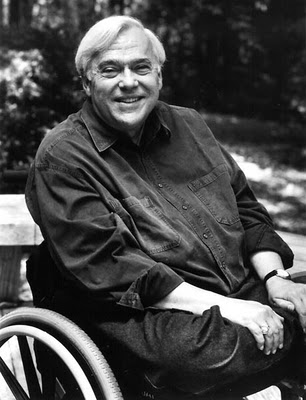Every year, the arrival of the Christmas season leads me to take a step back and reflect on my spirituality.
I’m a seventh generation member of First Presbyterian Church in my hometown of Charlotte, and my dad’s family has an illustrious history there. The only women to be honored with military funerals in the church – the daughter and wife of General “Stonewall” Jackson and the granddaughter and daughter of Dr. Robert Hall Morrison (the first pastor of the church and first president of Davidson College) – are on my family tree. In the early 20th century, a father and son pair from my dad’s paternal grandmother’s family served as pastor and elder.
Despite my family’s history in the church, I’ve never been particularly religious. When I was a child, my family often sat in the overflow section adjacent to the sanctuary on Sundays or, worse, ate a second breakfast at Bruegger’s in our Sunday best because I’d balked at wearing a dress just long enough to make us too late even for the overflow section. I did, however, know the stories of the Bible better than any of my Sunday school classmates, because I got bored to tears during the grown-up church service, and reading the Bible was the only thing my parents allowed me to do to pass time during the minister’s sermon. As an adult, I’ve made it to church very little. I didn’t join a congregation during my four years as an undergrad in Chapel Hill, and my husband (raised Catholic) and I don’t regularly attend church now; in fact, we really only make it for Christmas and Easter – sometimes.
Though I’ve never been much for organized worship, I’ve always been spiritual. I kept journals for years, and every once in awhile, I’ll go back and read some of them. Even during (and perhaps even particularly during) my teenage years, God influenced my words. My third cousin, the late Reynolds Price, once told me that it was okay if standing on a mountaintop made me feel closer to God than sitting in church. Many of the stories written by Reynolds, whose books were published in more than 30 languages, are spiritual in nature, from the obvious (The Tongues of Angels) to the not-so-obvious (A Whole New Life). Several years ago, I studied four of his works, the aforementioned titles included, during a series I attended with my mom at First Presbyterian (one of the few times in recent years that I’ve visited the church grounds on a regular basis). I did some of my best writing in the weeks following those sessions. I wrote a lot about God. And today, though the thought of attending a Sunday service doesn’t make me cringe the way it did when I was 12, I still prefer to search for religion outdoors rather than under the roof of a church. I felt incredibly close to God the morning my husband and I stood on the rim of Utah’s Bryce Canyon in the biting cold of a 13-degree October dawn at nine thousand feet to follow the sun, a glowing ball lifted into the sky by invisible hands, as it illuminated the hoodoos – thousands of drip castles frozen by time.
 I felt just as close to Him one day four months ago, when we hiked to a remote, glacier-carved lake in North Cascades National Park on the Canadian border. When I first laid eyes on that scene, I knew that only divine hands could have created something so wonderful.
I felt just as close to Him one day four months ago, when we hiked to a remote, glacier-carved lake in North Cascades National Park on the Canadian border. When I first laid eyes on that scene, I knew that only divine hands could have created something so wonderful.
After Taylor was diagnosed with Batten disease in 2006, I was angry at God for a long time, and I wasn’t the only one; my mom – a far more faithful churchgoer than I – admitted that she left the sanctuary one Sunday during the sermon, because she just couldn’t bring herself to give thanks to God, at least not that day. I went to counseling for awhile, and my first of two therapists asked me to read a book that he said would teach me to understand that when bad things happen to good people – for example, Batten disease to an innocent, perfect-in-every-other-way 7-year-old child – it isn’t God’s doing – that God feels our pain, too, and gives us tools to face the sorrow that marks human life.
I stopped going to therapy well over a year ago. I’m not sure how much all of those hours spent on couches in counselors’ offices helped me face my sister’s illness and the pain and suffering it has caused my entire family, but I have never forgotten that first lesson. And good thing, because I don’t think I could go through life hating God. If anything, making peace with God has helped me concentrate on what’s good; for example, the sound of my little sister’s laugh or the sight of her smile, both of which make an appearance less often these days and thus have become even more cherished; or the love of my family, which has stayed strong in the face of unfathomable tragedy. Also cherished are the travels that have taken me to some of the most beautiful natural places on God’s earth – those places where I’ve chosen to worship, if silently – and my frequent runs, during which I feel, despite the pain in my joints, that while Batten disease could have only been conjured in Hell, it may knock me down, but it will never beat me.
These are my windows to God.


